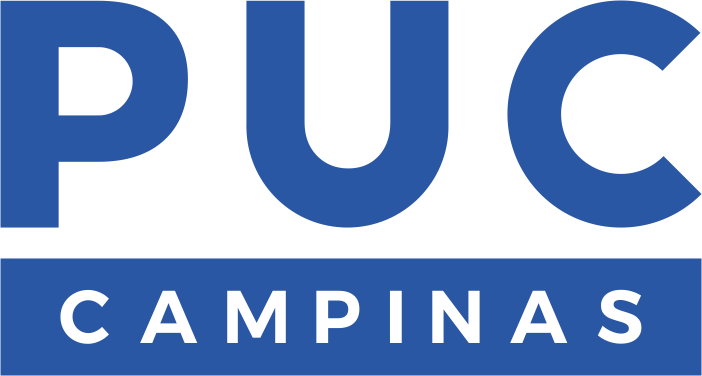| dc.description.abstract | As engineering skills becomes a commodity, electrical engineers’ programs are urged to adapt their pedagogical strategies do better prepared their graduates. The 21st century engineers are expected to have a strong technical background while being capable to work with people with different kinds of intellectual and social capitals, and to have a high level of cognitive flexibility. This article reports on the application of an information appropriation method, adopted by the Department of Electrical Engineering at PUC-Campinas, where activities on extension projects are simultaneously conducted along with the regularly schedule classes. The study case is related to the coplanning and cocreation of a technological white cane (proof of connect) between electrical engineering students, social technicians and the visually impaired. In the present case, the technicians were led to reinterpret, adapt and reinvent technology while contributing to the design and build of a low cost adaptive electronic sensing aid attachable to a white cane. The collaborative method, applied during conversation rounds, is based on a virtuous cyclic process which includes steps like information capture, validation, guidance and feedback. The engineering students, on the other hand, have the opportunity to develop their communication, analysis and interpretation skills in a way not available in the classroom. They also experience solving conflict situations and find creative uses and applications for they knowledge not otherwise foreseen. The participating students transformed information into knowledge through a dialogical experience with people having a contrasting technological background to its own. Through this experience the engineering graduates emerged with a greater sense of responsibility with the society and a better understanding of what means to be an engineer. Participation in the Extension Project also brought up several opportunities of professional recognition by the technicians and the visual impaired themselves, which stimulated the students do achieve better performance in the course. | |
